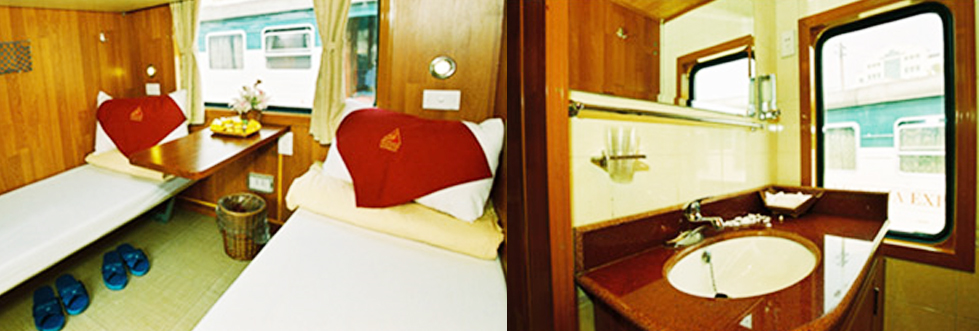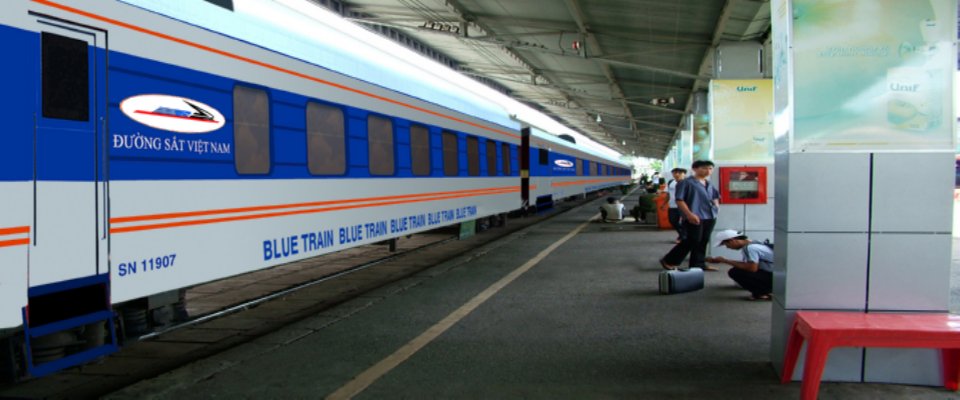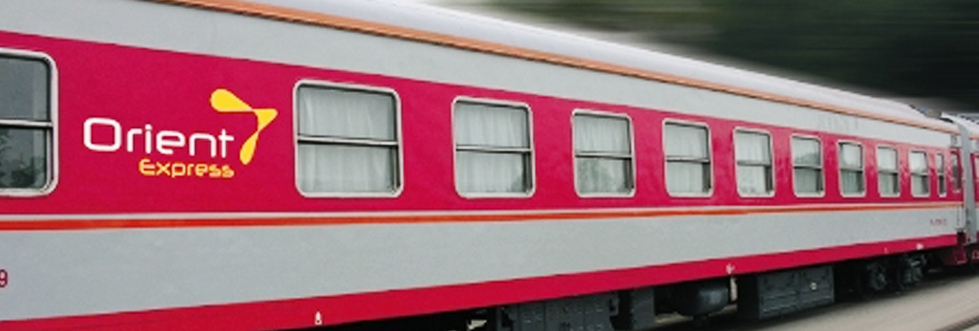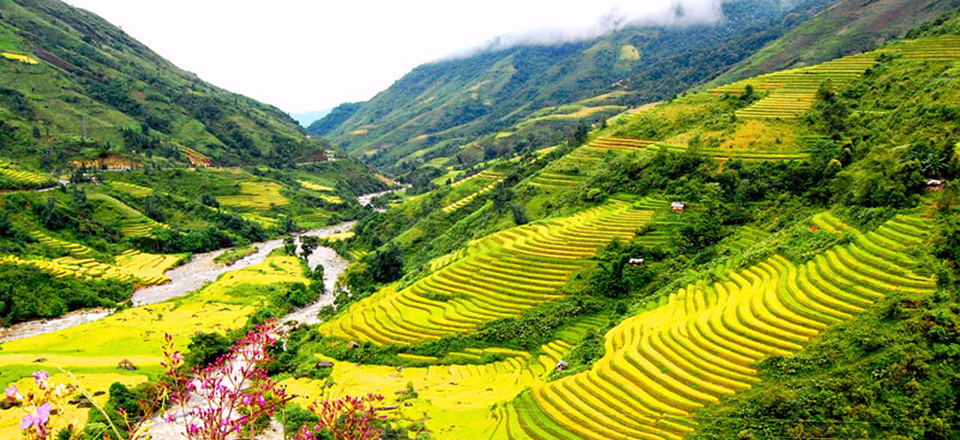Top market in Vietnam
Khau Vai love market:
Khau Vai commune, located in Meo Vac district, the northernmost province of Ha Giang, is home to ethnic minority groups of Giay, Nung and Muong. Each year, there is a market session on lunar March 26th (often falling on calendar May), but it is not a farming produce trading market but a love market. The name and activities of the market have common things with love market in Sapa.
But what's different is that Khau Vai is a love market for various ethnic
minority groups from four mountainous districts in Dong Van Plateau and ethnic
minority groups in communes adjacent to Bao Lam and Bao Loc districts of Cao
Bang province.
In the market area, there are two temples called Ong and Ba (Mr and Mrs). A
story tells that, once upon a time, there was a boy and a girl born in two
different places of the Dong Van Plateau. The boy's surname is Linh and the
girl's surname is Loc. They love each other very much despite being hindered by
deep streams and high rock mountains.
Because their families prevented their marriage, they together came to Khau Vai,
a prosperous land with rich plants which they could live on. Although they did
not have a child but they lived happily until they died. In honor of their
merits in cultivating the wild land into a rich land, the local people built the
two temples to worship them.
Therefore, on every lunar March 26th and 27th, Khau Vai attracts couples of
different ages, including those who seek their partners for the first time.
However, most of them are those who love each other very much but cannot wed
together because of many different reasons.
The love market festival is held on lunar March 26th and 27th with the
participation of a large number of locals. The festival features food and drink
culture, song performances and folk games. Ethnic costumes, jewellery, ethnic
musical instruments and culture and art publications are on display at the
market, reflecting activities of the local people.
Dong Xuan Market:
Dong Xuan Market, or Cho Dong Xuan, is the
oldest and largest market in Hanoi. It is located at Dong Xuan Street, at the
end of Hang Dao Street, on the northern part of the Old Quarters. The original
building was constructed in 1889, on the site of one of Hanoi's lakes. It is a
street market spreading over a surface of 600 square meters, occupying half of
the street. Approximately fifty businesses are operating the forty stands
selling food, artifacts, souvenirs and tour packages among others.
If you want to shop and at the same time peeping into the corridors of history,
then Dong Xuan Market in Hanoi is the place for you. This large multi- storied
market sells anything and everything. From fresh foods to home appliances, you
will have it all here. But, what is more fascinating about this market is its
historical significance which you still can experience if you visit this place.
It witnessed fierce battle between the Vietnamese resistance units and the
French. Dong Xuan Market is also a historical place where there was a combat of
soldiers of "Quyết tử quân" ("Deciding to die") against the French attack to the
heroic zone I, in February 1947. Being the biggest market and locating in the
downtown, Dong Xuan Market is a crowded and bustling exchanging, tracsaction,
business place of the capital.
Unlike other Hanoi night markets selling agricultural products in Long Bien and
Quang Ba, Dong Xuan Market has been mainly created for tourists. With its eleven
stalls, the brightly-lit food zone is the most animated, serving late night
guests until early morning. There are numerous kinds of goods and products
selling in the market. The crowded and dense situation of Dong Xuan Market was
highly praised in many old folk song of Hanoi. This large three-story market to
the north of Hanoi's Old Quarter offers a varied cornucopia of goods of all
sorts. Hundreds of stalls, with thousands of workers, trade extremely fresh
produce, dried foods, household goods, appliances and more. The market has an
interesting history. It saw fierce fighting between Vietnamese resistance units
and the French. Later, in 1994, the market was destroyed in a fire that resulted
in the death of five people and the loss of an estimated USD4.5 million in
stock.
You might have your curiosity and appetite titillated as you try to choose from
a wide selection of exotic Hanoi dishes: fried frog or fish meat pastes, rice
and duck meat soup, fried rice, tiet canh (duck blood uncooked, only if you have
a brave heart and strong stomach!), rice vermicelli and beef cooked in the south
Vietnamese style and even just beefsteak and bread. Here you can find real Hanoi
food, as favored by true-blue Hanoians. The dishes might cost a little more than
elsewhere but, you have to taste it to believe it, they are truly delicious,
such as a steamy hot dish of pho cuon (beef wrapped in long wispy strips of rice
vermicelli, served with aromatic herbs and spicy sweet-sour fish sauce).
Vieng market :
Held in Nam Truc and Vu Ban Districts, Nam Dinh Province, Vieng market festival
is launched on the annual 8th day of the first lunar month, only once in a year,
when people have just finished their Tet (Lunar New Year) holiday.
Legend has it that Vieng market is linked somehow to the person who brought
copper casting to the area, Nguyen Minh Khong, so people who go the market feel
that they will get lucky if they buy something made of copper at Vieng market on
this day.
The market opens on the 8th of lunar January; nevertheless, the most spiritual
moment falls on the night of the 7th and early 8th. That is the moment of
heavenly-earthly, positive-negative exchange. According to the popular belief,
at the time, men and Gods could reach together and all the prayers could be
perceived more clearly. Trade could at the time take place smoothly.
Consequently, there are 40,000-50,000 people coming to the market on the night
of 7th let alone. The market on the night of 7th is called "Cho am phu" (Hades
Market). There are about 10,000-12,000 people coming to the market on the
following 8th. The market-goers not only just enjoy the market atmosphere but
also bring along the feeling toward Mother, praying for fortune and favorable
nature, rich crops, happy family. They buy and sell just for aspiration at luck
in the rest of the year.
Vieng market is actually typical to an agricultural countryside that is rich in
natural products, a kind of radiant open-air "fair" produced by the local
farmers, especially ornamental plants, specialty crops, subtle craft articles,
utensils, bronze and iron-made tools, etc. This spring market displays
handicraft products, antiquities and false antiquities, utensils, tools for
agriculture production, and many kinds of ornamental plants. Specialties are
barbecued beef and "bánh dày" (sticky rice cake).
The cheapest things at Vieng would be flowers and trees, which bring both the
buyer and seller happiness and luck. From around 2a.m, deals are done under the
light of candles or flash-lights. Deals are agreed quickly, as people believe,
to keep the luck. From 6a.m, local people bring farming tools such as hoes and
sickles to sell, which relate closely to their lives. Buyers believe that the
tools will bring them health and richness. Vieng market also is also a place to
relax. Lovers would find themselves or their happy future here.
Ben thanh market:
Ben Thanh market has long been one of Saigon's most famous landmarks. The market
has been in existence since the French occupation. The original market was
located on the shores of Ben Nghe River by old fort Gia Dinh. Its proximity to
the fort and the river where merchants and soldiers would land was reason for
its name (Ben meaning pier or port and Thanh meaning fort). In 1859, when the
French invaded Saigon and overtook fort Gia Dinh, Ben Thanh Market was
destroyed. It was rebuilt shortly thereafter and remained standing until it was
moved to its present location in 1899.
Built on a landfill of what was once a swamp named Bo Ret (Marais Boresse), the
new Ben Thanh Market is located in the center of the city. Under the French
government, the area around Ben Thanh Market was called Cu Nhac circle (Rond
point Cuniac), named after Mr. Cuniac, the person who proposed filling the swamp
to create this area. The area was later renamed Cong truong Dien Hong.
Cai Rang Floating Market:
Cai Rang Floating Market - 6 kilometres from Can Tho in Mekong river; Phong Dien
Floating Market 20 kilometres southwest of Can Tho, the best floating market in
the Mekong Delta; Phung Hiep Market close by Can Tho (Soc Trang direction).
Bustling floating markets on the Hau River at Con Khuong, Con Son and further
afield, Con Tan Loc in the more prosperous Thot Not District.
Cai Rang is the largest floating market in the Mekong and the traders are more
motorized, but the markets at Phung Hiep and Phong Dien are more relaxed and
less crowded. Floating Market in Can Tho City is one of the three biggest in the
Mekong Delta. The shops and stalls at these markets are boats of different
sizes.
Cai Rang Floating Market is open all day but it is busiest from sunrise to about
9am. The main items sold there are farm products and specialties of Cai Rang
Town, Chau Thanh District and neighboring areas. Every boat has a long upright
pole at its bow on which samples of the goods for sale are hung.
During the early morning market hours, larger sized boats anchor and create
lanes that smaller boats weave in and out of. The waterway becomes a maze of
hundreds of boats packed with mango, bananas, papaya, pineapple, and even
smuggled goods like cigarettes.Sellers do not have to cry out about their goods
because their goods can be seen in a distance and their cries would not be heard
in the vastness of the river and the noise of boat engines. Small boats that
sell beer, soft drinks and wine go among the other boats to serve market-goers
and visitors. Sellers tie their goods to a tall pole so that buyers can see from
a distance what they are selling.
Each boat is loaded with plenty of seasonal goods. Activities at the market are
also an occasion for tourists to study the cultural aspects of southerners.
Sapa Budget Tours
- Sapa Day Tours - Sapa Day Excursions - Day Trips Sapa Vietnam
- Sapa Walk and Bac ha Market
- Sapa Hard Trekking Two
- Sapa Hard Trekking One
- Sapa Medium Trek Two
- Sapa Medium Trek
Sapa Trekking and Adventures
- Fansipan peak conquering VIP tour (3 days - 2 nights)
- Fansipan peak conquering VIP tour (2 days - 1 nights)
- Fansipan peak conquering Deluxe tour (4 days - 3 nights)
- Fansipan peak conquering Deluxe tour (3 days - 2 nights)
- Fansipan peak conquering Deluxe tour (2 days - 1 nights)
- Fansipan peak conquering Standard tour (4 days - 3 nights)
Sapa Cycling Options
- Sapa - Binh Lu - Lai Chau(with biking)
- Sapa - Lao Chai - Ta Van - Ban Ho
- Sapa Biking Tour - Ban Ho Village
- Sapa Biking Tour - Binh Lu - Lai Chau
- SaPa - Bac Ha Market with biking
- Pedalling The Remote Sapa\'s Northwest
Sapa Luxury Holidays
Traditional Minority Discovery Packages
- Green Sapa bus (Hanoi – Sapa)
- Eco Sapa Limousine Van (Hanoi – Sapa)
- Private car Hanoi Sapa
- Hanoi Sapa Private Cabin bus
- Coc Ly market with boat trip
- Cao Son market -boat trip on Chay river- Sapa Tours
Sapa Classic Trips
Northern Mountain Discovery Packages
Topas Ecolodge Sapa tours
- Topas Ecolodge and Market Package 3D/4N
- Topas Ecolodge and Market Package-2D/3N
- Topas Ecolodge and Victoria Sapa Package – 4D/5N
- Topas Ecolodge and Victoria Sapa Package – 3D/4N
- Topas Ecolodge Package – 3D/4N
- Topas Ecolodge Package 2D/3N











